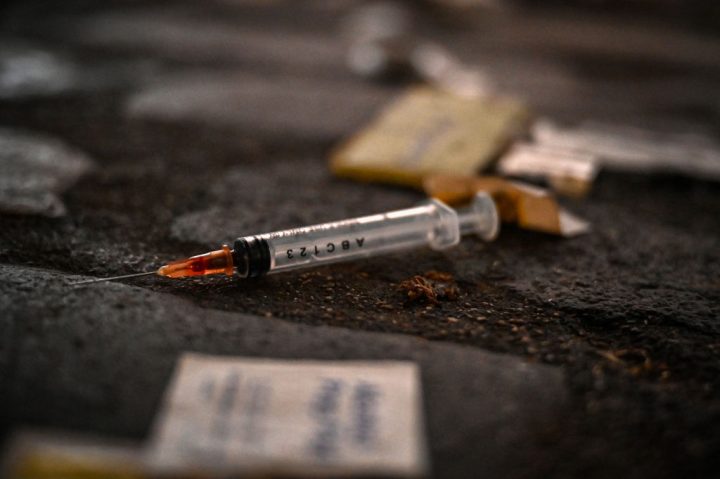Scotland continues to suffer drug deaths at levels unseen anywhere else in the UK or Europe. Three Scots die as a result of drugs every single day. That is nearly three times worse than any other country for which records exist.
This scandalous figure has just been updated, and shows that, although the number of drug deaths in Scotland fell by a fifth in 2022, it is still nearly double what it was when the SNP came to power. It is also four times as high as it was at the turn of the century.
A fall, the government says, is progress. But why so slow? Why did more than 8,000 Scots lose their lives to drugs before the numbers began to drop?
The figures show drug-related deaths have fallen to 1,051 – 279 fewer than the year before and the lowest level since 2017. As a share of the population this is the worst record by any European country – and by some margin. The drop today is sorely welcome but it’s taken so long to get to this point that drug deaths still seem a problem without solution. Deprivation and its effects now seem embedded in Scotland in ways not seen anywhere in the western world.
In 2021’s figures, Dundee overtook Glasgow to become the drugs death capital of the world as it looked like progress had been made in Glasgow. But now Glasgow has overtaken Dundee again with a rate of 44 per 100,000 people compared with Dundee’s 43 and a Scottish average of 19.8. Those in the most deprived communities are fifteen times more likely to die from drugs than those in the least.
So who is dying from drugs? Men continue to be far more likely to die from drugs than women. But the gap is beginning to close. Last year’s decrease was mostly among men. Two decades ago, men were five times as likely to die from drug-related causes as women. Now the gap is just twice as big. The age of the average drug death is increasing too: it was 32 in 2000 and is 45 on average now.
The vast majority of deaths were accidental overdoses and in nearly 80 per cent of deaths there were more than one substance implicated (so called poly-drug use). Opioids were implicated in over 800 deaths (82 per cent) while ‘street benzos’ were involved in over half. Another third of deaths included cocaine. The proportion of drug misuse deaths implicating benzodiazepines has increased from just over a quarter in 2008 to nearly 60 per cent now. Benzos are predominantly street drugs but can also be prescribed for anxiety and insomnia.
Compared with the rest of Europe, deaths in Scotland were nearly three times higher than Finland and Ireland – the countries with the next highest death rates. Deaths were also far worse than any other UK nation or region: 1.6 times higher than the north east of England – the second worst hit part of the UK.
Humza Yousaf’s government has hailed the progress. But clearly there is still a long way to go. This year was only the second year drug deaths haven’t increased since 2013. Yousaf’s government favours complete decriminalisation and treating drugs as a health problem. The UK government is dead against this. It would seem to be a stalemate but it’s worth pointing out that, although drug law is a reserved matter, there is nothing to stop the Scottish government and Crown Office (Scotland’s state prosecutor) from no longer pursuing drug users.
Devolution was supposed to focus attention on these Scottish problems. Trainspotting – filmed in my native Edinburgh – made drugs perhaps Scotland’s most famous problem. But since then drug deaths have risen four-fold, and today’s fall barely changes that. This decrease will be welcomed by government and campaigners alike. But Scotland’s title as the ‘drugs death capital of Europe’ shows no signs of going away anytime soon – and the fact it’s taken more than ten years to begin making progress means it’s not time for optimism yet.







Comments